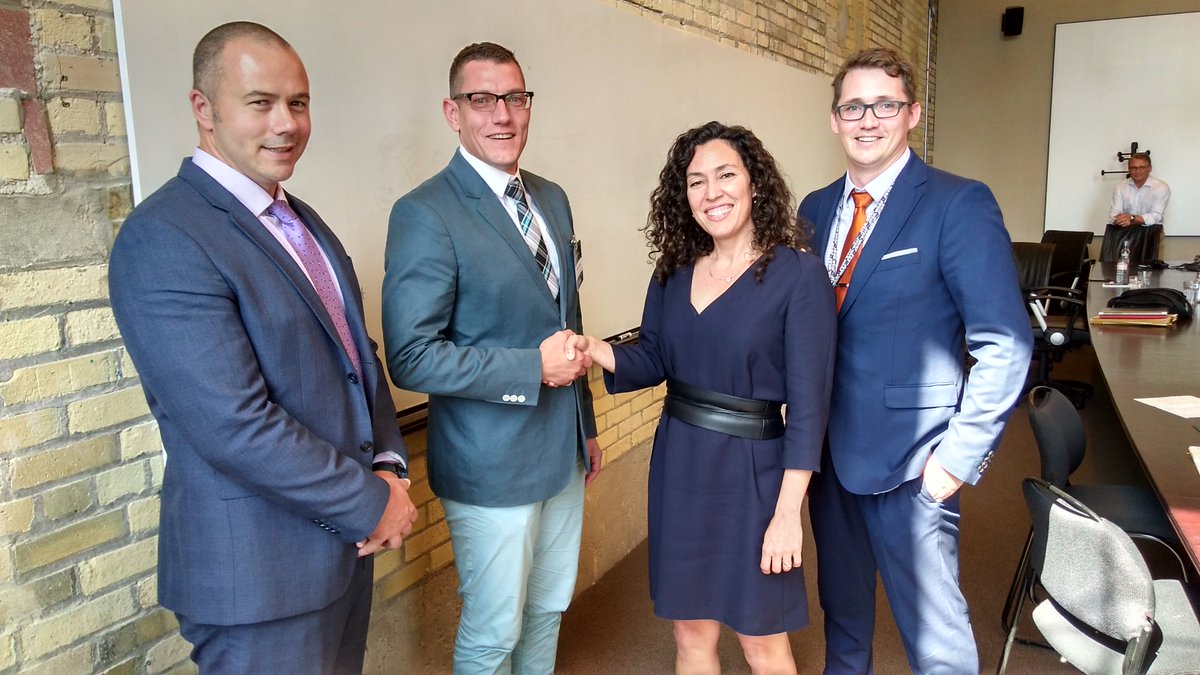An Open, Honest Talk About Procurement Improvements

Yesterday, Digital Echidna won a contract with the federal government as part of its Open By Default, open government campaign. We’re obviously excited about the project, but we’re equally excited about the opportunity we have to influence and affect real, positive change in the industry as it relates to the procurement process.
But with that opportunity comes tremendous responsibility -- and we’re up for the challenge.
Over the years, I’ve privately -- and not-so-privately -- railed against the procurement process as it exists across many industries and project types. The process for this Open by Default procurement was different, innovative, and -- while not perfect -- representative of several steps in the right direction.
However, before I get into what was right about this experience, let me summarize what is wrong, in general, about the procurement process.
Allow me to be frank -- the procurement process too often seems more like an exercise in ensuring that vendors are reading the fine print and know how to “game” a response than it does in ensuring the right solution is created or the right vendor is found.
You may have heard of the idiot test -- that idea of a test that includes a number of steps. The first one is “read everything before doing anything,” the second is “put your name on the upper corner of the page,” and then, after numerous other steps, the final one is, “now that you’ve finished reading, do only steps one and two.”
You see a lot of these types of requirements throughout RFPs. Things like “the response must be in 12-point Arial font,” or “you must sign clause three on page 13.” And people can be disqualified for missing these items. But is that reflective of the quality of the work? Do “games’ like this do anything more than help a procurement department eliminate those who don’t meet artificially created requirements, but have little to do with finding the right vendor, the right solution, and the right cost?
The thing is, these “requirements” aren’t in there maliciously. Maybe legal’s put them in; maybe they’ve been burned before. The “brown M&M” rider clause in Van Halen’s contract was there for a reason -- to ensure that facilities had read through all the technical requirements had been read and complied with to ensure the venue could safely and effectively host the show. So maybe that 12-point Arial requirement is there because some vendor tried to take advantage of the system -- submitting a mandated 25-page-maximum response in a 6-point font to squeeze in 100 pages of content.
But the road to hell is paved in good intentions. And by trying to weed out the bad, you can sometimes put up barriers that keep out the good. It creates a system that lets larger, veteran companies game the system, based on specific knowledge of the procurement process. For new or smaller vendors without that specific knowledge, it keeps those responses from making their way to the people who actually evaluate the bids.
In the end, there may be someone with an innovative, creative, and cost-effective solution who never gets a chance to come to the plate because of some arcane rule.
This process was different. It was better. By working towards creating a more agile procurement process the Government of Canada is walking the walk. It’s a tangible indication of the innovation the government is trying to foster and it dovetails nicely with the open data/open government ideal.
Instead of having to complete a 200-page RFP response with all the minutiae (indicative of many government RFPs), this one was leaner. It was more focused on the challenge and the solutions than it was the terms and conditions.The short-list process was unlike anything I’ve been a part of -- a 10-minute verbal presentation, Dragon’s Den-style, which amounted to your elevator pitch for the solution.
And then they awarded the project that day. There was no waiting to hear a month. On top of that, we got to sit with the co-bidders, the procurement staff, and the evaluators for a couple of hours to talk about what worked well, what didn’t, and what we’d change. We received and gave immediate feedback on the process to make it better.
We got to influence the change.
I’m not going to say the process was perfect. In my mind, the short-list presentation is one of the most valuable parts of the process and 10 minutes may be too short. There is room to refine the process and improve it, and it’s an honour to be a part of that discussion.
The whole process is a beacon of open government. It shows what responsive, agile, nimble, adaptive government can be.
We’ve been given this opportunity. And we know that we have a tremendous responsibility to live up to it.
After all, those clauses and sub-clauses in the RFP process are there because someone’s been burned in the past. They’re there to protect people. This process is a little more open -- and it requires a lot more trust.
What does it mean for liability or risk for the client? I’m not entirely sure. But I can guarantee that we’re not going to do something to make them find out. The government has placed its trust in us to help with this new process. We’re working in good faith to meet the needs and requirements of the project and deliver a solution that fulfills both the letter and the spirit of the agreement.
We’ve earned their trust through this process and we’re going to continue to treat that relationship with the dedication and respect it deserves.
This open data project checks a lot of boxes for us. It’s a Drupal project and we can’t express enough how happy we are that our government is using Drupal and how much of a step in the right direction it is. It’s also uses Apache Solr, which like Drupal, is an open-source project that we use and in which we strongly believe.
And it’s a project about open source and open data that’s rooted in trust, transparency, and a commitment from all sides to make this process better for all. We’re honoured to be a part of this and we look forward to a better future -- from procurement to execution.

-- photo courtesy of Open Government Canada's Twitter feed.
How can you improve procurement?
How to improve the RFP process?
SUBSCRIBE TO OUR E-NEWSLETTER
 Subscribe
Subscribe


